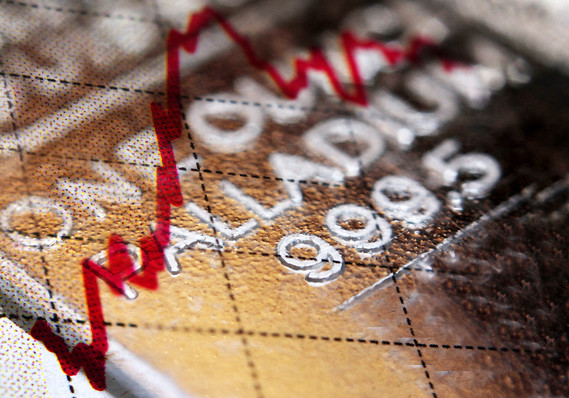
Palladium notched fresh records this week, but analysts warn that COVID-19’s impact on the global economy warrants caution for traders looking to participate in the rally for the metal, or those eyeing prospects for sister metals rhodium and platinum.
“Palladium is off to another scorching start in 2020,” said Ed Egilinsky, managing director and head of alternative investments at Direxion. “However, the short-term negative economic impact already being felt due to the coronavirus might filter down to a slowing in auto sales.”
The most-active March futures contract for palladium PAH20, +1.18% settled at a record $2,573.90 an ounce on Thursday, based on data going back to early November 1984, according to FactSet data. Prices were headed for another settlement record, trading at $2,597.20 in Friday dealings, after touching fresh records on and off since early 2018 and trading around 35% higher so far this year.
Other metals within the platinum group include platinum and rhodium. Platinum, which settled at $979 on Thursday, has climbed by a modest 1.2% year to date. Spot prices for rhodium, meanwhile, have more than doubled from the end of last year to stand at $12,700 an ounce Thursday, according to data from specialty-chemicals company Johnson Matthey.
Given the price differences between the metals, talk of a switch to the use of platinum, instead of palladium, for catalytic converters in motor vehicles, which help control exhaust emissions, has grown.
“Palladium’s price increase is surprising, but the divergence between platinum and palladium prices is particularly surprising,” said Alissa Corcoran, analyst and director of research at Kopernik Global Investors. “They are both very scarce metals and often mined from the same deposits, and they are substitutes for each other.”
Egilinsky, however, said a substitution using platinum in place of palladium could take some time to play out, possibility being an 12- to 24-month “process to enact.”
Sister metal rhodium, on the other hand, has benefitted from recent weakness in platinum prices, which posted a decline in January.
Rhodium doesn’t appear to have a natural substitute, and it’s a byproduct of platinum, so the decline in platinum prices, combined with higher output production costs, has led to a reduction in rhodium supply, said Egilinsky. That has combined with a “somewhat less liquid trading market” to create a “parabolic upward move over the last few years” for the metal.
Rhodium may still move higher, but “based on its previous volatile history, prices eventually could fall hard,” he warned.
For now, the economic impact of coronavirus hasn’t put any significant pressure on prices for the platinum group metals.
Tight supplies for palladium have continued to feed its price rally. A February report from Johnson Matthey estimated that the supply deficit for the metal widened to nearly 1.2 million ounces last year and is expected to deepen this year.
Read: Why palladium prices keep hitting new highs and rhodium has already rallied by over 40% this year
“Right now the coronavirus is being viewed as a short term global economic impact, so it hasn’t negatively influenced palladium prices as of yet,” said Egilinsky. “The narrative might change if coronavirus isn’t contained over the next few months as it might lead to prolonged negative impact on car sales in 2020.”
The potential fallout from the coronavirus “could lead to revising global GDP numbers lower, for at least the first part of the year,” he said. That could “result in palladium prices topping out around these current levels,” and lead to a correction of 10% to 20% in the short term.
Platinum prices, meanwhile, have garnered some haven support on the back of the economic worries tied to COVID-19, which is a novel coronavirus that was first diagnosed in humans in December in Wuhan, China.
But if the virus is successfully contained, there may a gradual turnaround in global growth that would “stunt platinum’s safe-haven demand and lower its price,” Alexander Kozul-Wright, commodities economist at Capital Economics, wrote in a recent note.
He also expects demand for platinum in China’s jewelry sector to continue its decline, noting that “fashion-conscious consumers have shied away” from platinum in favor of lower carat gold.
Still, Kozul-Wright sees a “limit to the scale of price losses” with stricter emissions standards in China and India boosting demand for platinum in heavy-duty vehicles, and the risk of a decline in South African platinum supplies, which have suffered in the wake of electricity supply issues.
Capital Economics forecasts a fall in platinum prices to $800 by the end of the year, from current levels around $980, he said.
div > iframe { width: 100% !important; min-width: 300px; max-width: 800px; } ]]>










Add Comment